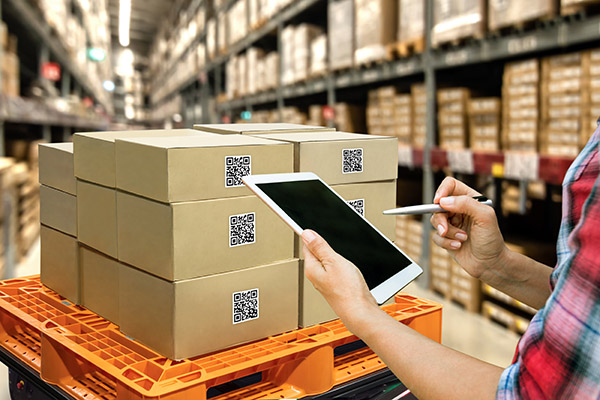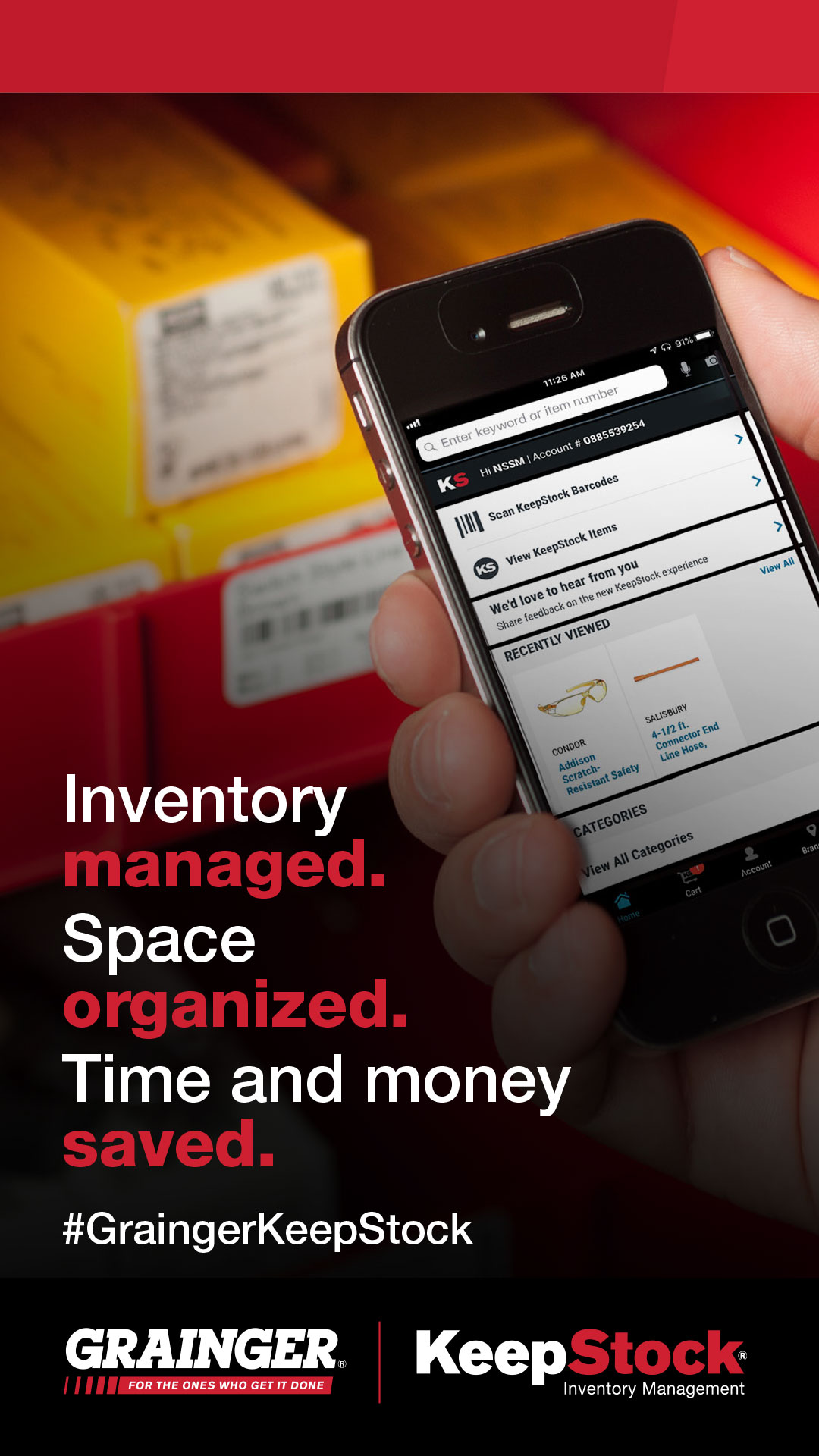

How Data Sharing Affects Supply Chains
By Grainger Editorial Staff 10/25/22


Supply chain infrastructure is comprised of two parts – the physical roads, ports, airports and rail lines on which products move, and the digital networks that help track those products.
The physical infrastructure is shared, by its very nature. But the digital networks and the data they contain are often held more closely by the individual players up and down the chain. Holding back information can limit accuracy in forecasting, extend lead times and create the dreaded bullwhip effect.
Data transparency within a supply chain is not a new concept. Stanford University researchers in 1999 outlined the need to share proprietary information, with suggestions and precautions for doing so. But when the COVID pandemic created unprecedented backlogs and disruptions in global supply chains, greater urgency emerged. Growing interest from consumers and regulators in understanding the ethics behind how products are sourced and transported adds a layer of importance.
The practice is beginning to take hold. A 2022 survey from Nielsen and Coresight Research found that 44% of respondents in the fast-moving consumer goods sector are sharing data to help cope with supply chain issues. Further, 79% agree or strongly agree that the practice is more important as business and society move beyond the pandemic.
Meanwhile, the federal government launched a pilot information-sharing initiative in early 2022 with a group of companies, designed to create a proof-of-concept freight information exchange.
What Is Supply Chain Transparency?
Researchers at MIT identified two key components to supply chain transparency:
- Visibility: Collection of the information up and down the supply chain
- Disclosure: Understanding how information will be shared, how much will be shared and with whom
Supply chain transparency and data sharing won’t look the same in every industry and every supply chain. A small coffee producer keen on sustainability will think about it differently than a large MRO supplier, for example. MIT researchers urge companies to identify what transparency means for them and use that to establish a “north star” to guide future decisions.
Why Should Partners Share Data?
The Nielsen survey of retails and suppliers in the fast-moving consumer goods sector found that the most common reasons to share data were to improve sales and improve forecasting. These bottom-line goals are closely aligned with supply chain efficiency, but they are not the only potential benefits of data transparency.
MIT’s researchers noted that transparency can strengthen a company’s reputation for being ethical, while also possibly making it more attractive to impact investors.
Why Don’t They Share?
Harvard Business Review notes that while pressure for supply chain transparency has come from a variety of players including shareholders and consumers, stakeholders fear giving up a competitive advantage or being prone to criticism by sharing what has been proprietary information.
Supply chain players also do not always collect data well or utilize technology that allows information to be easily and safely shared. For one example, Brookings Institute notes that the Port of Los Angeles and the Port of Long Beach use different software solutions.
Further, establishing short-term return on investment can be difficult, MIT researchers note. Because it can be hard to pinpoint what kind of cost efficiency can be derived from the investment required to collect and share this much data, it might be difficult to convince decision-makers make that investment.
What Might It Look Like?
Supply Chain Brain outlined an example where a multi-sensor tracker can gather a range of information about items, such as location temperature, shock and light exposure, while in transit and make that data available to different stakeholders in real time. This allows stakeholders to adjust on the fly, while also identifying any underlying causes that need to be addressed.
Another potential example is the use of blockchain technology. Blockchain is a decentralized, encrypted ledger accessible by all parties on a supply chain that can provide a digital trail of all activities. One U.S. pharmaceutical company tagged its inventory with electronic codes that scanned and recorded to blockchain at every step in the supply chain, to adhere to regulations.
Overall, data sharing is going to indicate greater business success, according to consulting firm Gartner. The need to find a path to that sharing across the supply chain may well become the rule rather than the exception.
The information contained in this article is intended for general information purposes only and is based on information available as of the initial date of publication. No representation is made that the information or references are complete or remain current. This article is not a substitute for review of current applicable government regulations, industry standards, or other standards specific to your business and/or activities and should not be construed as legal advice or opinion. Readers with specific questions should refer to the applicable standards or consult with an attorney.







